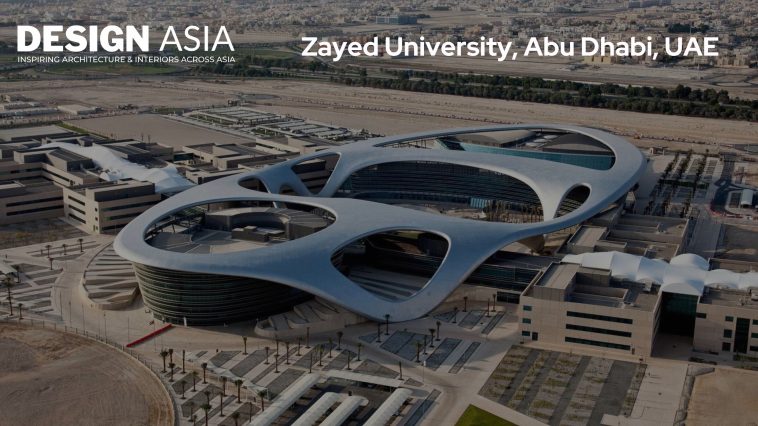Zayed University, situated in the vibrant city of Abu Dhabi, UAE, stands as a testament to the nation’s commitment to education and innovation. The architectural project that birthed this institution was no ordinary feat, but rather a thoughtful blend of traditional Arabian design elements and contemporary functionality.
Historical Context:
Before delving into the specifics of the architecture, it’s crucial to understand the historical context that influenced the design of Zayed University. The UAE, with its rich cultural heritage, has a deep connection to traditional Arabic architecture, characterized by features like courtyards, wind towers, and intricate geometric patterns. The challenge for the architects was to create a space that respected this heritage while meeting the modern demands of a world-class university.
Architectural Design:
Zayed University’s architecture is a masterful integration of tradition and modernity. The campus is designed to reflect the values of the nation, with an emphasis on openness, inclusivity, and sustainability. One of the most striking features is the use of courtyards, a nod to traditional Arabic architecture. These open spaces serve as communal areas, encouraging interaction among students and fostering a sense of community.




The incorporation of wind towers, a traditional cooling mechanism, showcases the architects’ commitment to sustainability. These towers harness natural ventilation, reducing the reliance on artificial cooling systems and promoting energy efficiency. It’s a thoughtful nod to the past while embracing contemporary environmental consciousness.
In addition to the traditional elements, the architecture also embraces modern aesthetics and functionality. The buildings are equipped with state-of-the-art facilities, cutting-edge technology, and flexible learning spaces. The blend of traditional and modern creates an environment that is both culturally rich and academically advanced, catering to the diverse needs of students and faculty.
Cultural Significance:
Zayed University’s architecture goes beyond its practical function; it serves as a symbol of cultural identity and national pride. The fusion of traditional and modern elements reflects the UAE’s commitment to preserving its heritage while embracing progress. The campus becomes a living testament to the harmonious coexistence of tradition and innovation, mirroring the nation’s journey towards a knowledge-based economy.
Impact on Education:
The thoughtful design of Zayed University’s campus has a profound impact on the educational experience. The incorporation of open spaces and communal areas fosters a sense of belonging and encourages collaboration among students. The infusion of cultural elements into the architecture creates an environment that inspires pride and a connection to the nation’s history.
Furthermore, the integration of sustainable features aligns with the university’s commitment to environmental responsibility. Students are not only educated within the classrooms but also immersed in a living example of sustainable design, instilling a sense of responsibility towards the environment.
Zayed University’s architecture is a harmonious blend of tradition and modernity, a reflection of the UAE’s commitment to education, culture, and sustainability. The campus stands as an architectural marvel that not only meets the practical needs of a modern university but also serves as a symbol of national identity and progress. As students and faculty walk through the courtyards, engage in classrooms, and benefit from state-of-the-art facilities, they are not just part of an academic institution; they are contributors to a legacy that bridges the past with the future.


